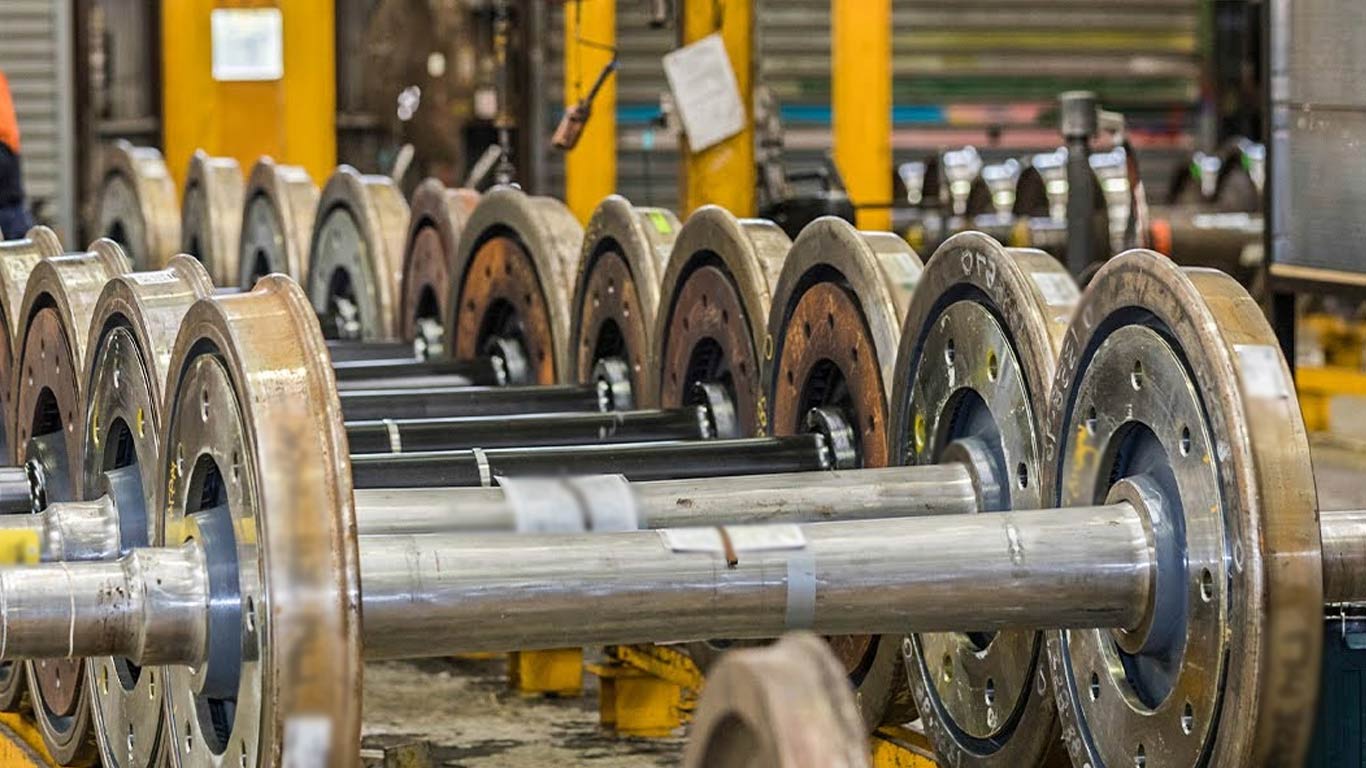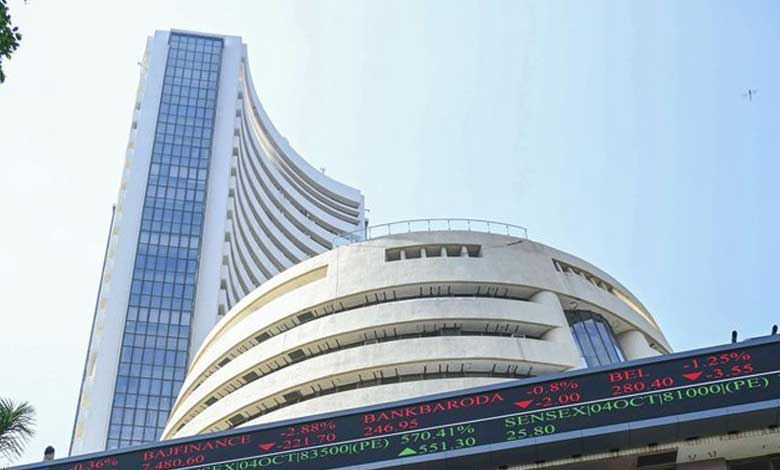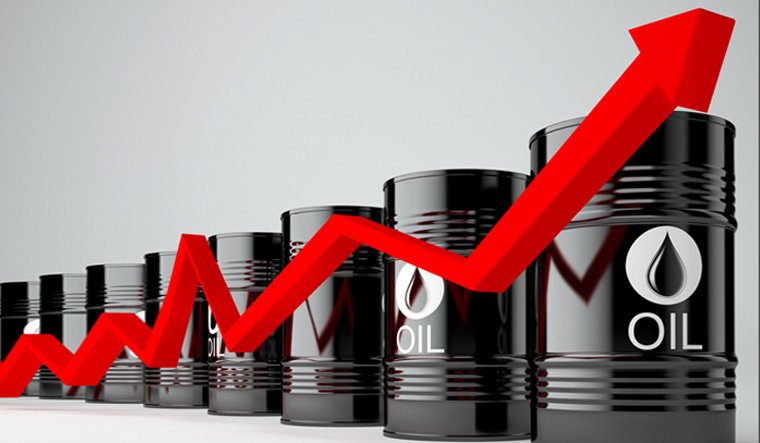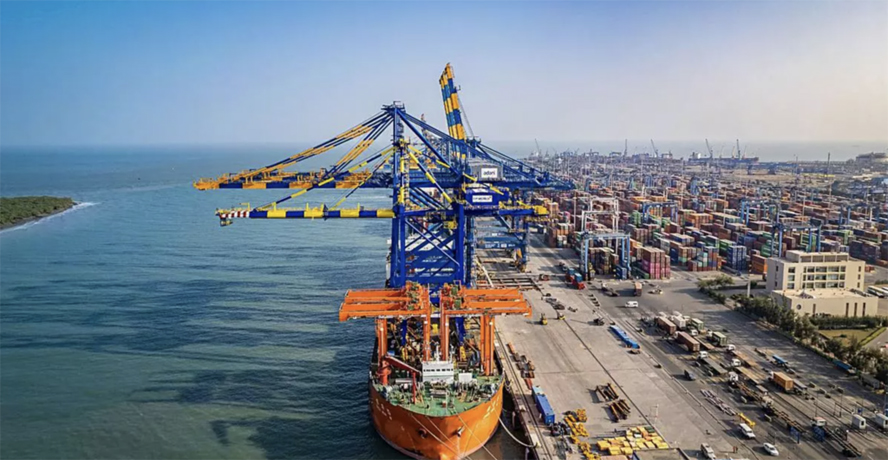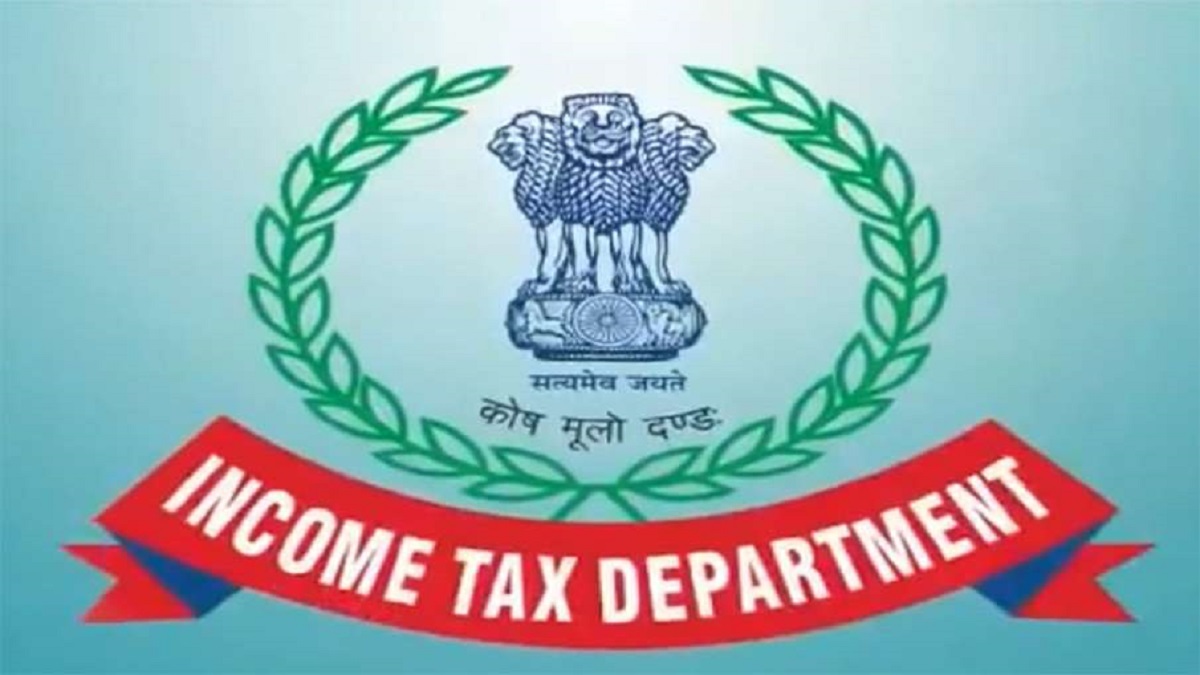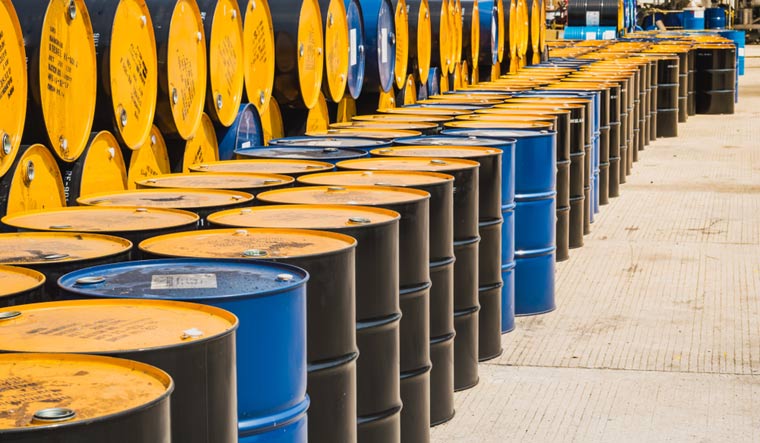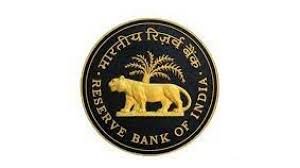Garments, footwear may become costlier, because plans are afoot to hike GST
Thu 30 Sep 2021, 08:11:41

Garments and footwear may become costlier from January 1 as plans are afoot to hike GST (goods and services tax) on them from 5% to 12% to correct the existing inverted duty structure, two people aware of the development said requesting anonymity.
The GST Council had on September 17 announced its decision to correct the duty inversion on textiles and footwear value chain from January 1, but it did not disclose details of the tax rates. Higher duty on raw materials as compared to finished products leads to an inverted tax structure that makes it difficult for manufacturers to claim ITC (input tax credit), and the burden is ultimately passed on to the consumer.
Under the ITC system, a GST-registered business is entitled to claim all levies already paid on inputs to manufacture a product, or supply a service, or both, before making a final sale to prevent cascading of taxes and to lower the tax burden.
A 12% GST rate is under consideration for a bulk of products under the two segments - textiles and footwear - that will effectively correct duty inversions and allow manufacturers to take the full input tax credit (ITC), the people mentioned above
said.
said.
'As manufacturers are expected to pass on the ITC benefit to consumers, the impact of raised tax on the end price will only be marginal,' one of them said, adding that a final call on this matter will be taken by the Council.
The Union finance ministry did not respond to an email query on this matter.
The GST Council, which is the final authority on this matter, may continue the dual rate structure—12% for the bulk of apparel and footwear meant for masses and 18% on higher-value products for rich customers (especially in the case of footwear)—for social equity, the second person said.
At present, apparels priced up to ₹1,000 attract 5% GST, while a 12% levy is imposed on garments of higher value. Similarly, GST on footwear priced at ₹1,000 or less is 5% while others attract 18% levy.
'A uniform 12% tax is likely to be levied on all garments, but there could be the possibility of two slabs for footwear - 12% for items of mass consumption (priced up to ₹1,000) and 18% for the rest,' he said.
Currently, the textiles sector suffers from severe duty inversion across the value chain that ranges from 5% to 18%.
No Comments For This Post, Be first to write a Comment.
Most viewed from Business
AIMIM News
Asaduddin Owaisi questions PM Modi's China policy
Jan 08, 2025
Owaisi slams UP over police post near Sambhal mosque
Dec 31, 2024
Owaisi hails SC order on Places of Worship Act
Dec 13, 2024
AAP Corporator Tahir Hussain joins AIMIM party
Dec 11, 2024
Latest Urdu News
Most Viewed
May 26, 2020
Which political party will win the Delhi Assembly polls to be held on Feb 5?
Latest Videos View All
Like Us
Home
About Us
Advertise With Us
All Polls
Epaper Archives
Privacy Policy
Contact Us
Download Etemaad App
© 2025 Etemaad Daily News, All Rights Reserved.


